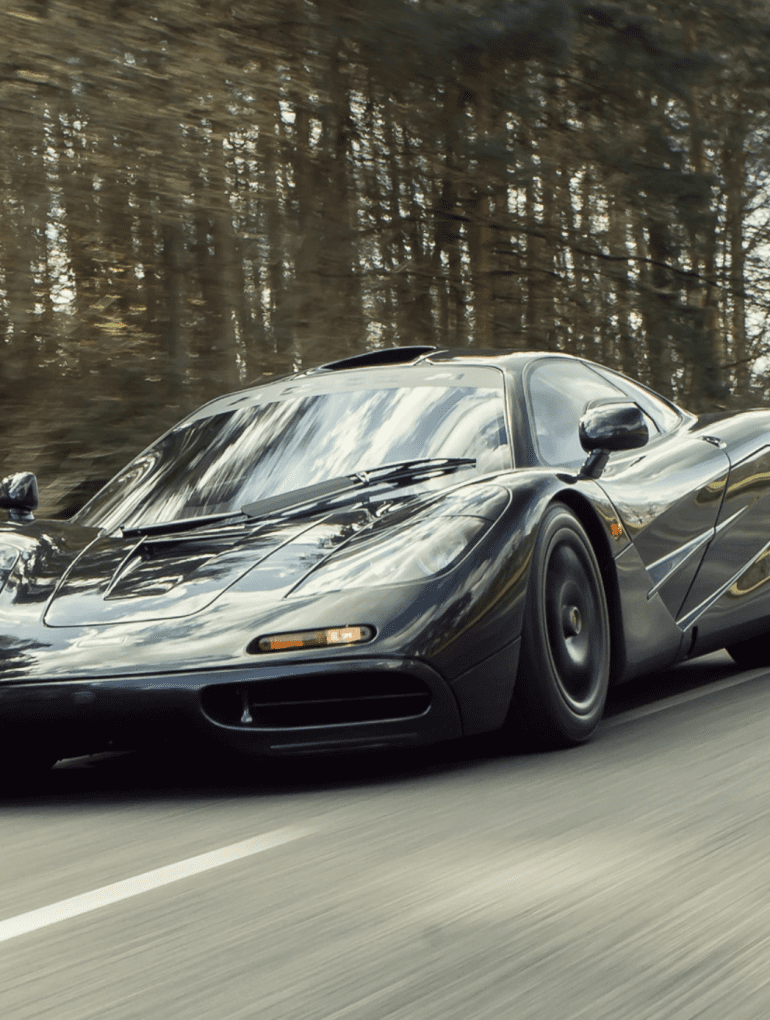1990s Supercars: The Golden Era – Homologation, The Big Mac and the Rise of the Everyday Supercar. Your Ultimate Guide to the Best Supercars from the 1990s
This is our first in a series of posts about the awesome cars of the 1990s. In this post we curate the best supercars from the 1990s, an era stacked with exotic masterpieces. Some of the defining features of the 1990s supercar era includes the amazing McLaren F1 and the revelation that was the Honda NSX as well as the spirit of competition amongst top manufacturers in prototype racing that created some awesome limited run homologation specials for the road.
The high performance supercar market went from niche to mainstream in the 1980s. Supercars like the Lamborghini Countach, Porsche 959 and Ferrari F40 had collectively wowed car fans the world over in the late 1980s and with Wall Street humming and the global economy in good shape, the appetite for exotic cars only grew going into the early 1990s. As the 1990s started, many pundits wondered however whether we had already reached peak car. After the extraordinary supercars of the eighties, many supercar manufacturers entering the nineties asked “how on earth do we follow that?”



